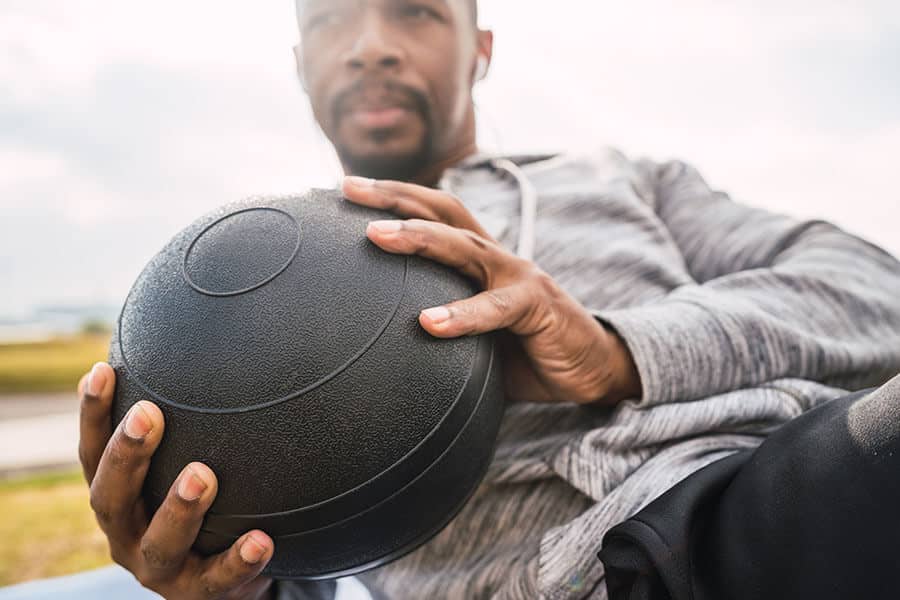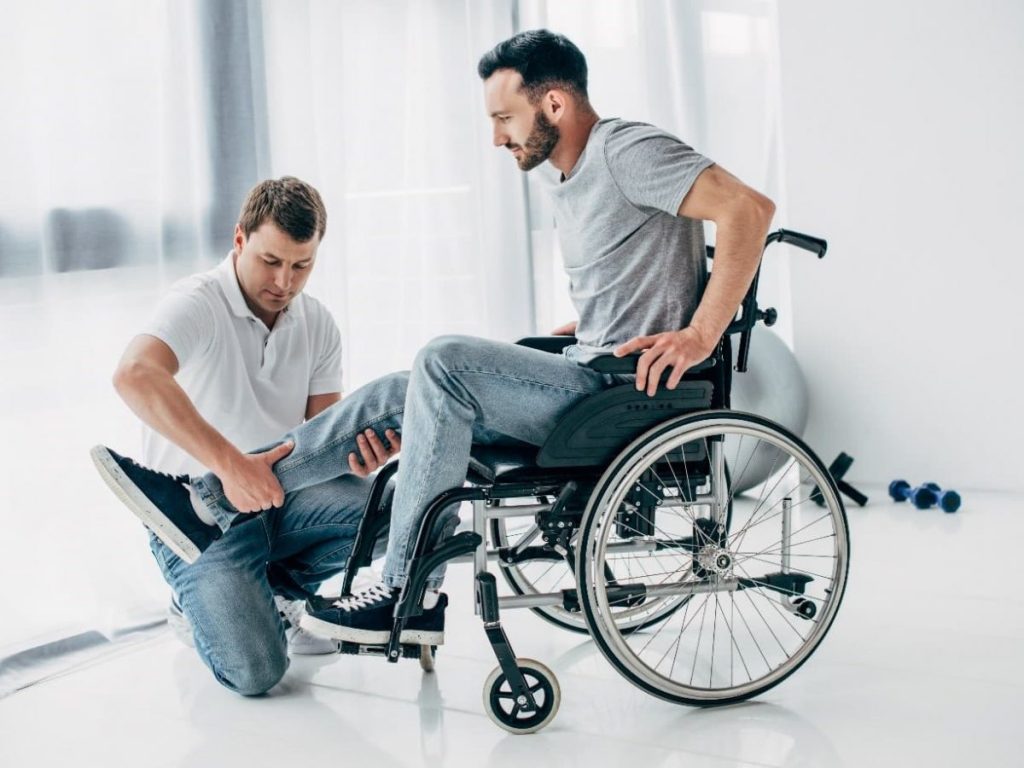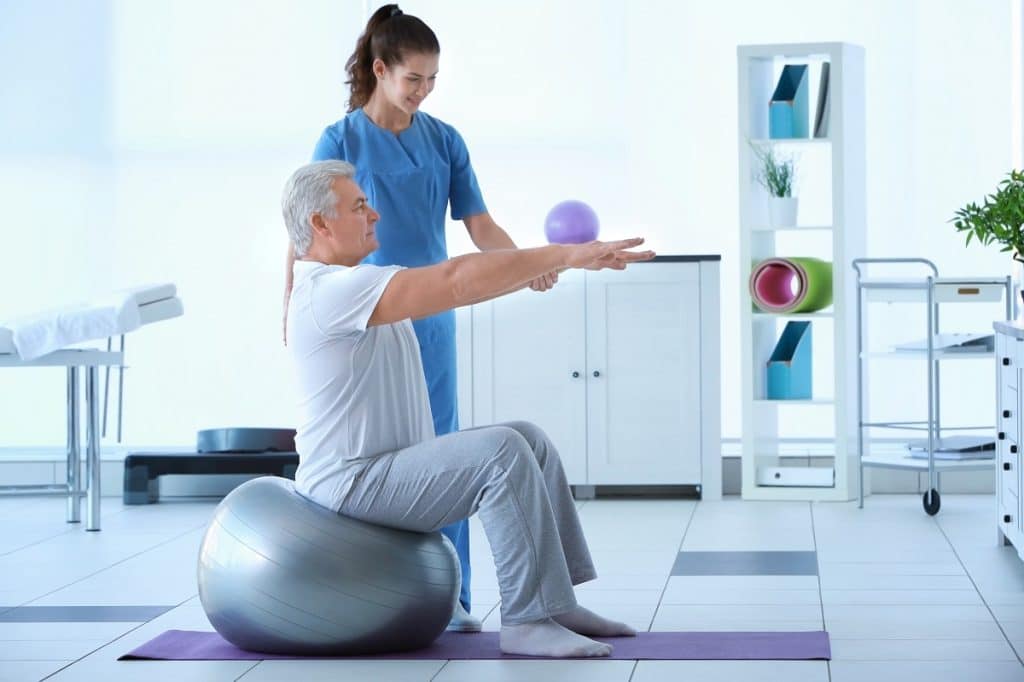The majority of health professionals are now embracing the concept of CORE stability and its importance in different sporting and training activities – a recent study printed in the “Journal of Strength and Conditioning Research” looked at the relationship between core stability and cycling performance.
The US researchers recorded data on pedal force and hip, knee and ankle joint motion of 15 competitive cyclists during bouts on a high speed treadmill cycling. In between the treadmill cycling bouts the cyclists were taken through a 30 minute workout designed to fatigue the core stabilizers – basically the researchers were interested in the effects of CORE fatigue on cycling technique and performance.
The CORE fatigue workout involved a circuit style session of 40secs on and 20secs off with a combination of seated upper torso rotations with a medicine ball, side bends with weighted plates, standing torso rotations with pulleys (like a woodchopper) and incline sit-ups with weighted plates.
The results showed that core fatigue did effect and alter cycling mechanics – especially in regards to knee motion – in a way that may increase the risk of injury. This study promotes the need for improved core stability and endurance to ensure correct alignment is maintained during extended cycling sessions.
It also has implications in that we need to ensure that core stability training is included in the program for cyclists but we also need to be aware that a session of core training prior to a bout of cycling may increase the injury risk in that session due to altered cycling mechanics.





